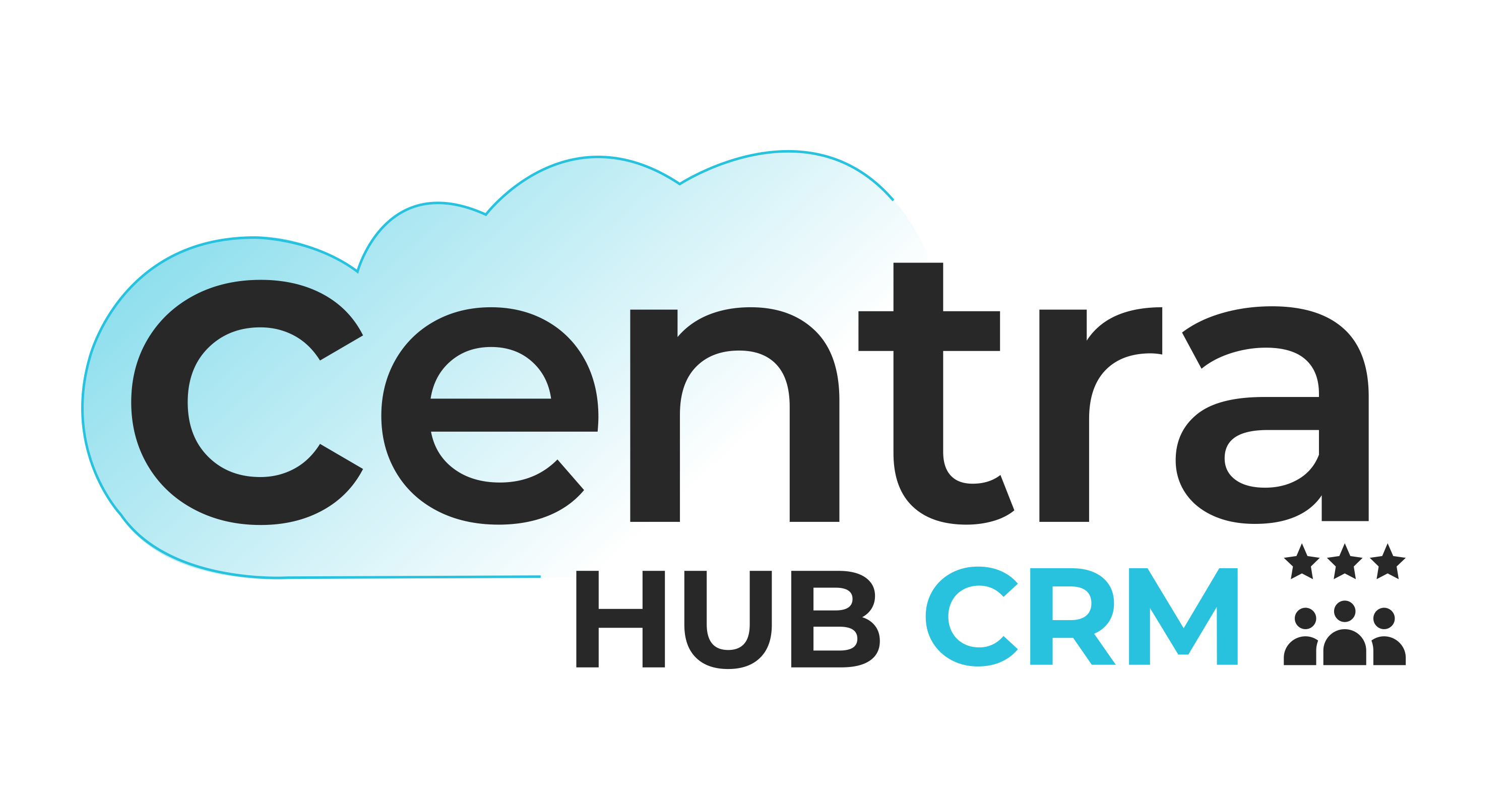Implementation Preparation and Process
Defining goals and objectives
Defining clear goals and objectives is a critical first step in any successful ERP implementation. These serve as guiding principles that align the implementation process with the strategic vision of the organization. By clearly articulating the desired outcomes and objectives, such as improving operational efficiency, streamlining processes, or enhancing customer satisfaction, businesses can ensure that their efforts are focused and impactful. Moreover, well-defined goals enable effective communication and collaboration among stakeholders, fostering a shared understanding and commitment to the implementation journey.
Establishing a project team
One of the crucial steps in ERP implementation is assembling a dedicated project team. This team should comprise individuals with diverse skills, representing different departments and stakeholders. By bringing together experts from various areas, the project team ensures comprehensive understanding and involvement throughout the implementation process. Assigning clear roles and responsibilities within the team fosters collaboration, effective decision-making, and seamless communication.
A strong project team acts as the driving force behind successful ERP implementation, ensuring that all aspects of the project are addressed and executed with precision.
Conducting a business process review
Before embarking journey of including ERP in business, conducting a thorough process review is essential. This involves analyzing and assessing existing workflows, identifying pain points, and documenting current processes. By understanding the strengths and weaknesses of your organization's operations, you can align the ERP system to optimize and streamline processes. A comprehensive business process review sets the stage for successful implementation by ensuring that the chosen software solution addresses specific business needs and supports future growth.
Selecting the right ERP vendor
Choosing the right ERP vendor is a critical decision that can greatly impact the success of your implementation. Begin by thoroughly evaluating vendors based on their industry experience, track record, and the scalability of their solutions. Consider factors such as system functionality, customization options, integration capabilities, and ongoing support. Engage in detailed discussions with potential vendors to assess their understanding of your business requirements and their ability to deliver a tailored solution. Request demos, and customer references, and evaluate the vendor's financial stability.
A diligent selection process ensures that you partner with a vendor who not only offers a robust ERP system but also aligns with your organization's values and long-term objectives.

Data migration and integration
Data migration and integration stages ensure a smooth transition from legacy systems to the new ERP environment. This involves extracting, cleansing, and transforming data to fit the new system's format while maintaining accuracy and integrity. Seamless integration with existing systems and applications is also essential for real-time data flow and process synchronization. Proper planning, mapping, and testing are key to mitigating risks and minimizing disruptions during this critical phase.
By effectively managing data migration and integration, organizations can unlock the full potential of their ERP system and leverage accurate, consolidated data for informed decision-making.
Customization and Configuration
Customization and configuration play a pivotal role in tailoring the ERP system to meet the specific needs of an organization. Configuration involves adapting the system's settings and parameters to align with business processes, while customization entails modifying the software to address unique requirements. Careful consideration should be given to balance customization with standard functionality to avoid unnecessary complexity and future upgrade challenges.
Through strategic customization and configuration, businesses can optimize their ERP system to fit their workflows, enhance user experience, and maximize operational efficiency, ultimately driving greater value from the implementation.
Training and change management
Training and change management are critical components of a successful ERP implementation. It involves equipping employees with the necessary skills and knowledge to effectively use the new system and adapt to the changes in processes. Training programs should be comprehensive, tailored to different user roles, and include hands-on practice. Additionally, change management strategies should be employed to address resistance, foster a positive mindset, and promote user adoption.
By investing in training and change management, organizations can ensure a smooth transition and maximize the benefits of their ERP system.
Go-live and post-implementation support
The go-live phase marks the exciting culmination of an ERP implementation project, where the new system is launched for full-scale operation. Thorough testing and preparation are crucial to ensure a smooth transition. Post-implementation support is equally vital to address any issues, provide ongoing training, and facilitate user adoption. Continuous monitoring, feedback collection, and system maintenance help optimize the ERP system's performance and address evolving business needs.
A robust post-implementation support plan ensures long-term success and helps organizations fully leverage their investment in the ERP system.
Conclusion
Successfully implementing an ERP system is a transformative journey that requires careful planning, collaboration, and continuous improvement. By following this step-by-step ERP guide, businesses can increase their chances of achieving their implementation goal.







